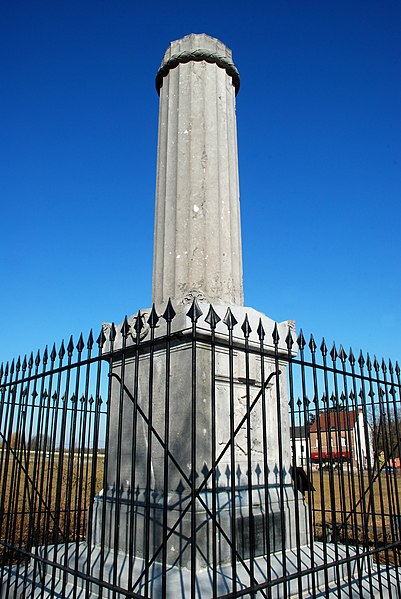Huabiao is a type of ceremonial column used in traditional Chinese architecture. Huabiao are traditionally erected in pairs in front of palaces and tombs. The prominence of their placement have made them one of the emblems of traditional Chinese culture. When placed outside palaces, they can also be called bangmu. When placed outside a tomb, they can also be called shendaozhu.
A huabiao in front of the Tiananmen in Beijing.
The mythical creature atop a huabiao.
A modern huabiao at Chinese Culture University in Taipei.
A singular huabiao in Xinghai Square in Dalian.
A column or pillar in architecture and structural engineering is a structural element that transmits, through compression, the weight of the structure above to other structural elements below. In other words, a column is a compression member. The term column applies especially to a large round support with a capital and a base or pedestal, which is made of stone, or appearing to be so. A small wooden or metal support is typically called a post. Supports with a rectangular or other non-round section are usually called piers.
National Capitol Columns at the United States National Arboretum in Washington, D.C.
Columns of the Parliament House in Helsinki, Finland
Column of the Gordon Monument in Waterloo.
Dragon pillar from the Yingzao Fashi, Song dynasty








